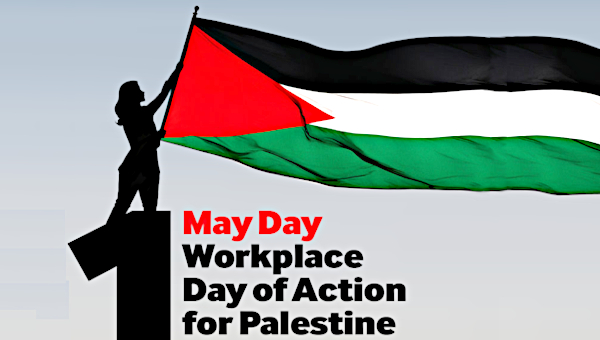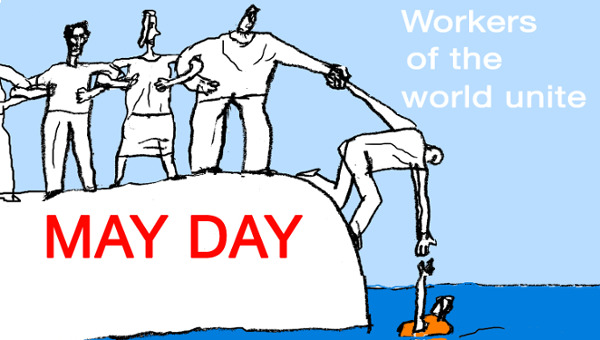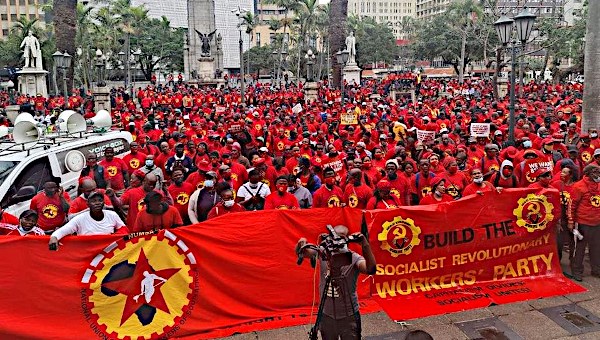May Day
For more than 100 years, May Day has symbolized the common struggles of workers around the globe. Why is it largely ignored in North America? The answer lies in part … Watch video »
For more than 100 years, May Day has symbolized the common struggles of workers around the globe. Why is it largely ignored in North America? The answer lies in part in American labour’s long repression of its own radical past, out of which international May Day was actually born a century ago.
The seeds were sown in the campaign for the eight-hour work day. On May 1, 1886, hundreds of thousands of North American workers mobilized to strike. In Chicago, the demonstration spilled over into support for workers at a major farm-implements factory who‘d been locked out for union activities. On May 3, during a pitched battle between picketers and scabs, police shot two workers. At a protest rally in Haymarket Square the next day, a bomb was tossed into the police ranks and police directed their fire indiscriminately at the crowd. Eight anarchist leaders were arrested, tried and sentenced to death (three were later pardoned).
These events triggered international protests, and in 1889, the first congress of the new socialist parties associated with the Second International (the successor to the First International organized by Karl Marx in the 1860s) called on workers everywhere to join in an annual one-day strike on May 1 – not so much to demand specific reforms as an annual demonstration of labour solidarity and working-class power. May Day was both a product of, and an element in, the rapid growth of new mass working-class parties of Europe – which soon forced official recognition by employers and governments of this “workers’ holiday.”
Leo Panitch, “What you need to know about May Day.”
Eric Hobsbawm, “Birth of a Holiday: The First of May.”





